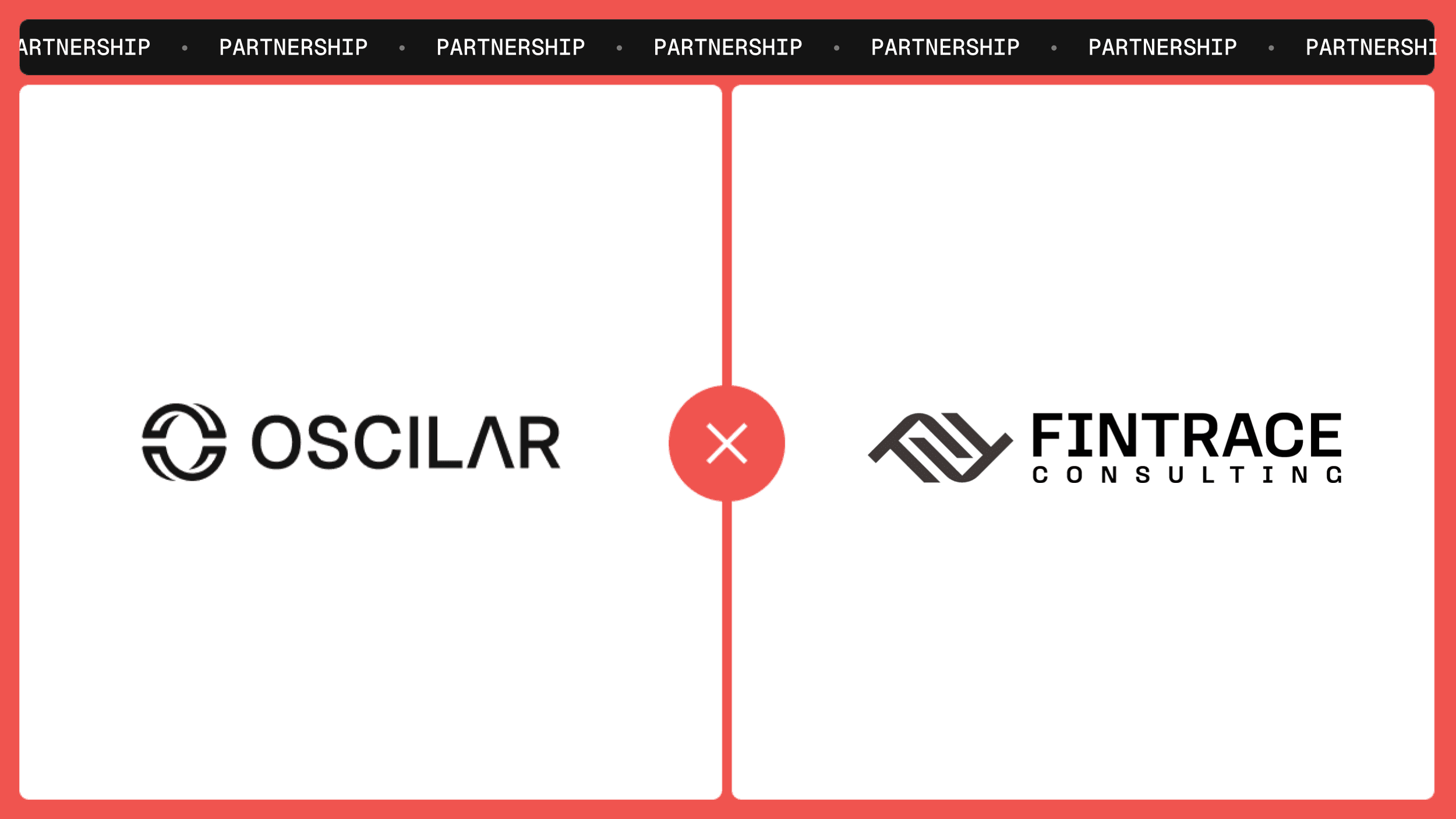Parker is a fintech delivering credit and banking solutions for e-commerce businesses. Their flagship product — a corporate card with up to 90-day payment terms — helps merchants preserve working capital and operate with more flexibility. Parker also offers performance-based credit lines, bill pay, integrated banking, and deep analytics.
Speed is essential. Their customers move fast, and so must Parker. But when more than 15% of applicants were waiting over 120 days for underwriting decisions, it became clear that the process was holding them back.
Engineering bottlenecks blocked growth
Parker had a mandate from their executive team: grow the business without growing underwriter headcount. But this seemed impossible. Parker's underwriting was entirely manual. Underwriters reviewed each application individually, calculated financial ratios by hand, and made case-by-case decisions with limited consistency. Even small policy updates required engineering support.
"Unlike consumer lending companies, our starting point was very manual," said Russell Fischer, Director of Credit Risk. "We needed to find a way to process more applications without proportionally increasing our underwriting staff."
The deeper challenge wasn't just manual work, it was dependency. Every new rule, data integration, or policy shift required developer time. Parker needed to integrate multiple data sources including credit bureaus, but their existing systems made this complex and time-consuming. They couldn't test new risk models, respond to market shifts, or scale effectively. Growth was capped by technical constraints.
The solution: Automation that works
Oscilar's credit underwriting platform gave Parker what they needed most: independence from engineering for day-to-day risk decisions. The platform's customizable workflows allowed Parker's risk team to create and modify complex decision trees directly, while seamless integration with their existing admin tool (Retool) meant no disruption to current processes.
The transformation was immediate and measurable. Oscilar handled complex integrations like Dun & Bradstreet's XML interface, saving Parker's engineering team significant time and effort. More importantly, it enabled Parker to automate portions of their underwriting process while maintaining the flexibility to quickly implement new strategies.
“Oscilar is one of those softwares where it actually helps users do engineering tasks and scale their business,” Fischer said. “We're launching a sub-$2 million revenue segment where it's going to be completely automated. We're using Oscilar for that.”
Speed, consistency, and capacity take off
The results exceeded expectations:
70% reduction in underwriting backlog. Customers waiting over 120 days dropped from 15% to under 5%.
30–40% decrease in processing time, with more consistent decisions.
Automation now handles work equivalent to a full-time underwriter with potential for more.
75% faster processing for a new segment focused on businesses under $2 million in revenue.
Major engineering time savings through no-code integrations and workflow control by the risk team.
But the real transformation was strategic. Parker can now launch new underwriting strategies without extensive engineering involvement, capture more decisions in their system for superior risk analytics, and standardize decision-making across their entire underwriting team.
“Speaking for the underwriting team, they would tell you their workload is roughly 30% less,” Fischer said. “That’s great because the underwriting team is getting more leverage. Plus, we'll have more decisions captured in our system, which will help with future risk analytics.”
More efficiency, less effort
With Oscilar, Parker built standardized workflows that eliminated manual review for many applicants. Underwriters now focus on edge cases, while automation handles the rest. The team can test, iterate, and deploy new strategies without waiting on engineering.
Parker is now expanding automation into new areas of onboarding. A dedicated team member is focused on scaling underwriting processes, including KYC, KYB, and lien checks. What once took months now takes days.
"It's an investment both from your engineering and risk team, but it's worth it. You can achieve unbelievable levels of automation or leverage on your more operational risk teams by using a decision engine," Fischer said. "Using a platform like Oscilar can help you get a ton of leverage and have better risk performance, even in corporate lending."
Scaling without limits
Parker is growing faster and serving more customers without growing its underwriting team. They've eliminated their biggest bottlenecks and built a scalable, flexible foundation for continued expansion.
For fintechs facing similar challenges, Parker's story shows what’s possible when risk teams get the tools to move swiftly and confidently.
Ready to see how Oscilar can transform your underwriting process?
Book a demo today and discover why fintechs like Parker are making the switch.







